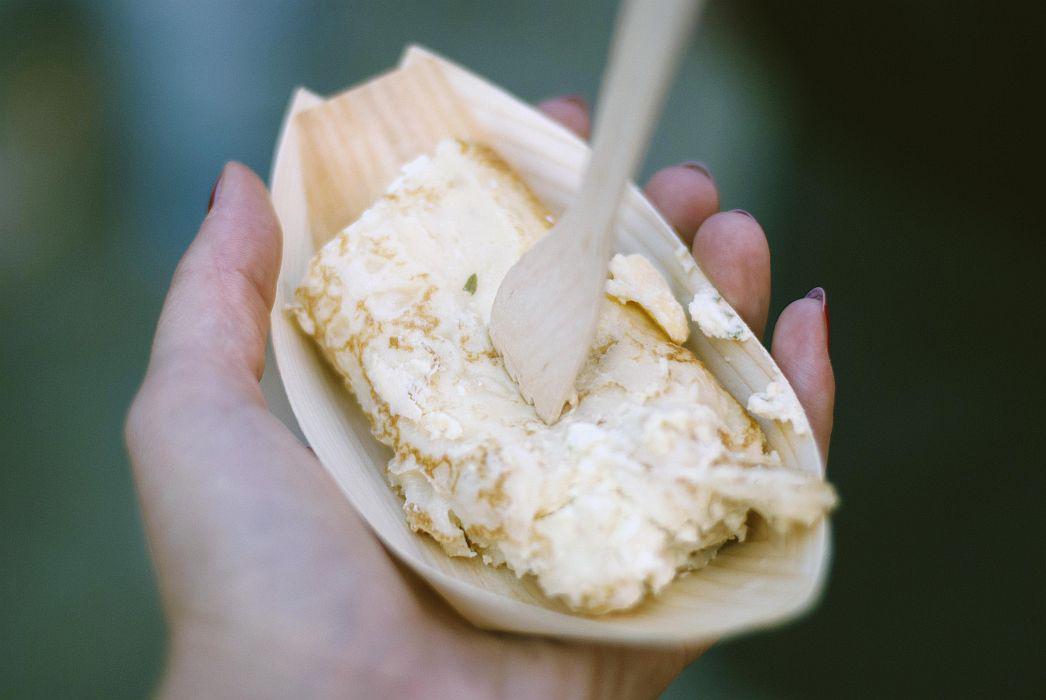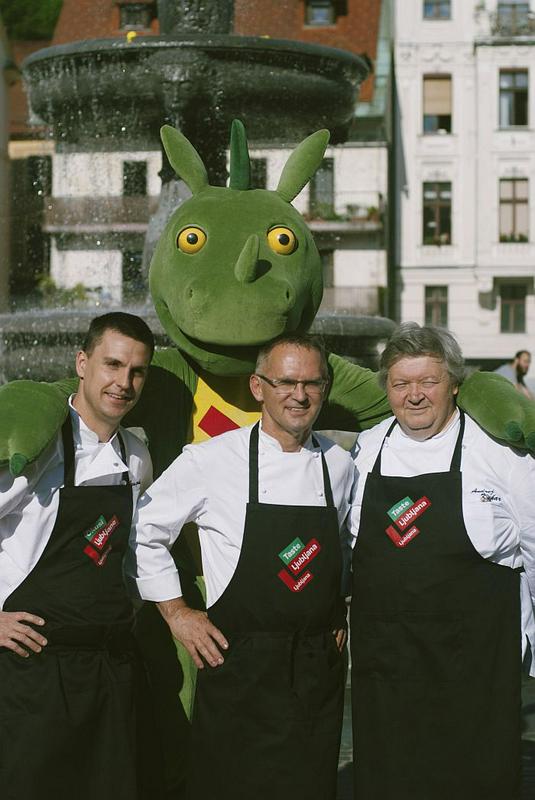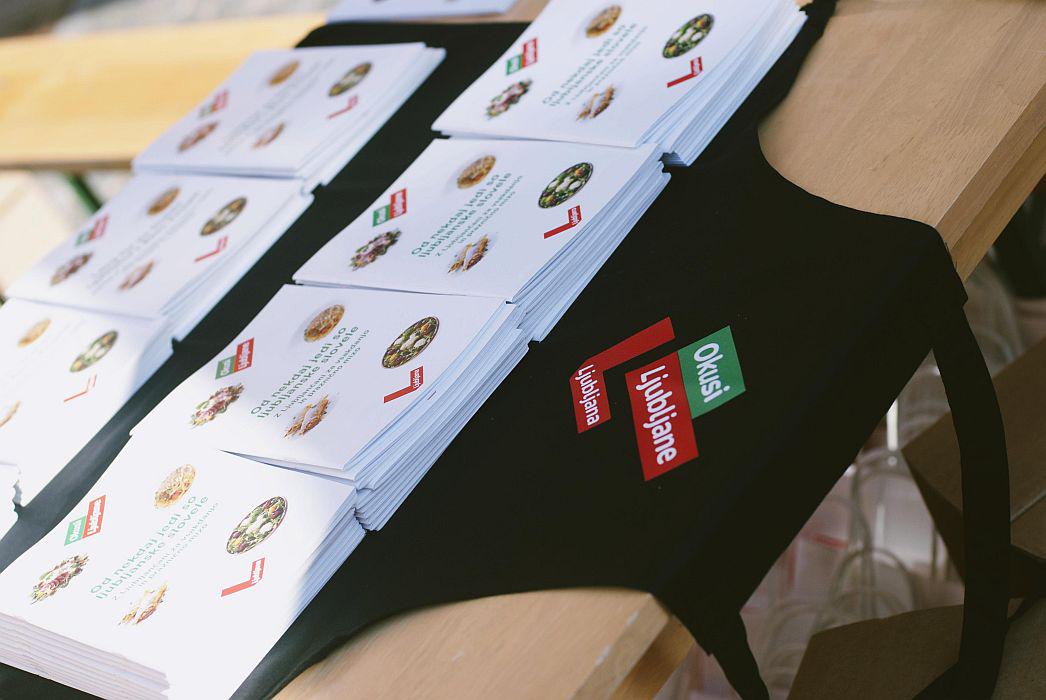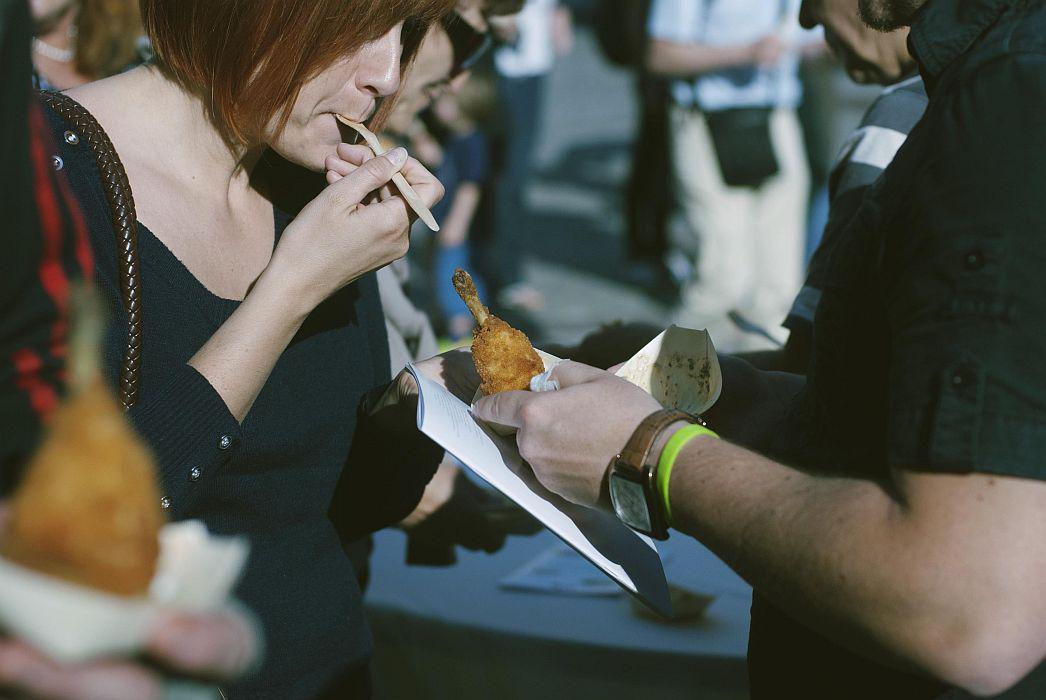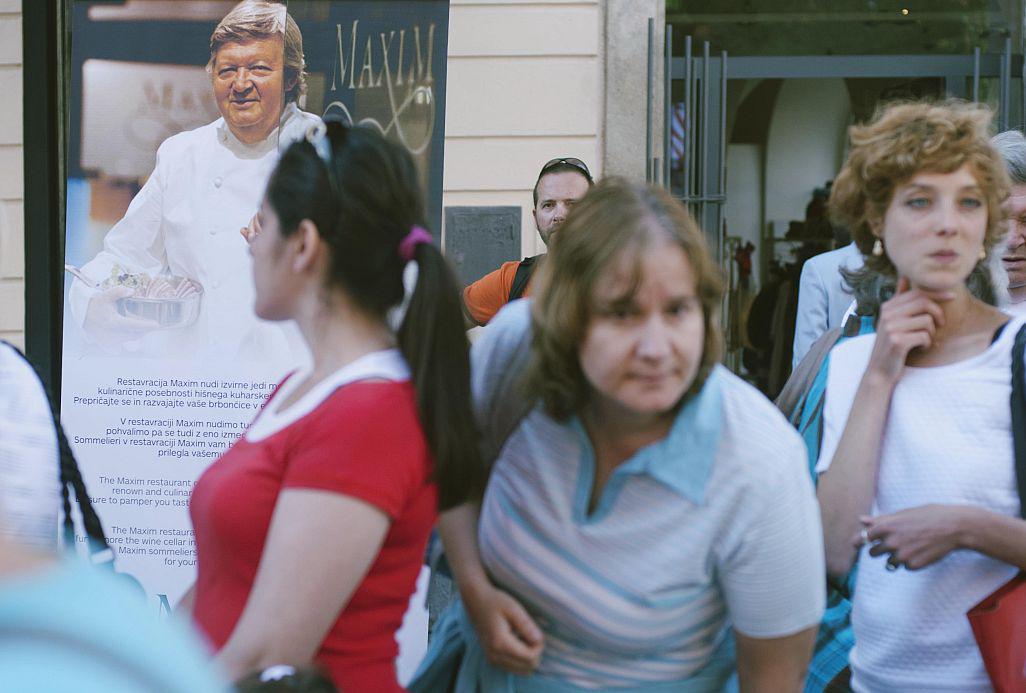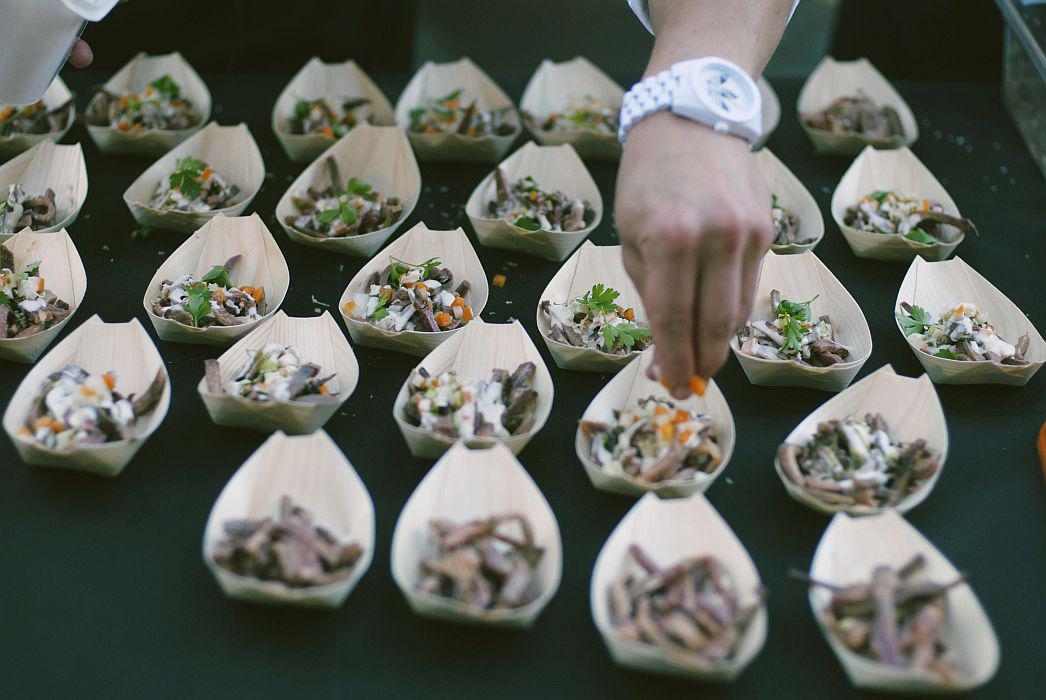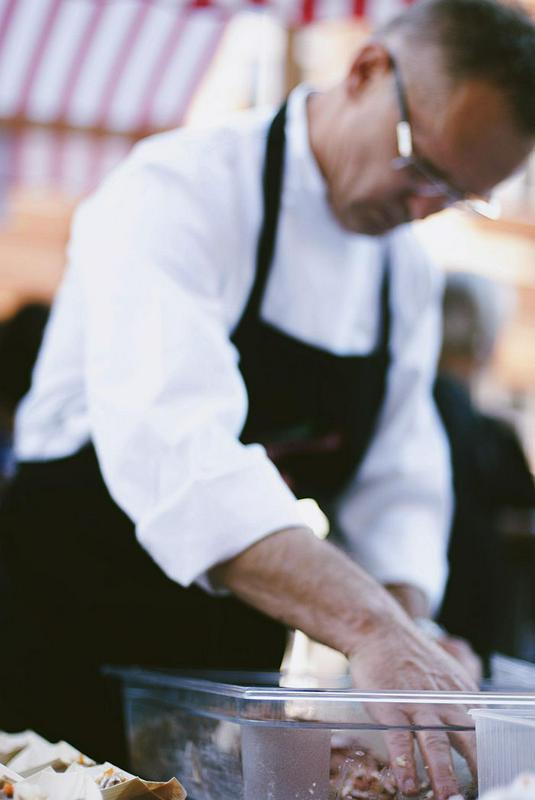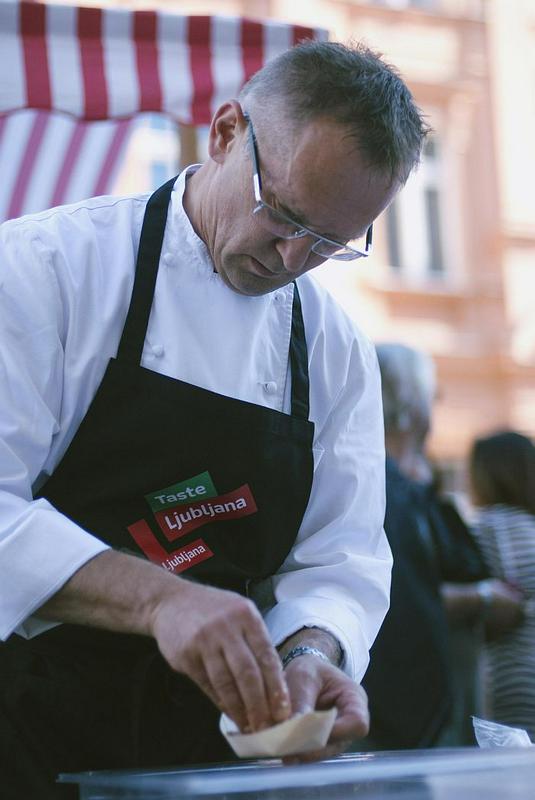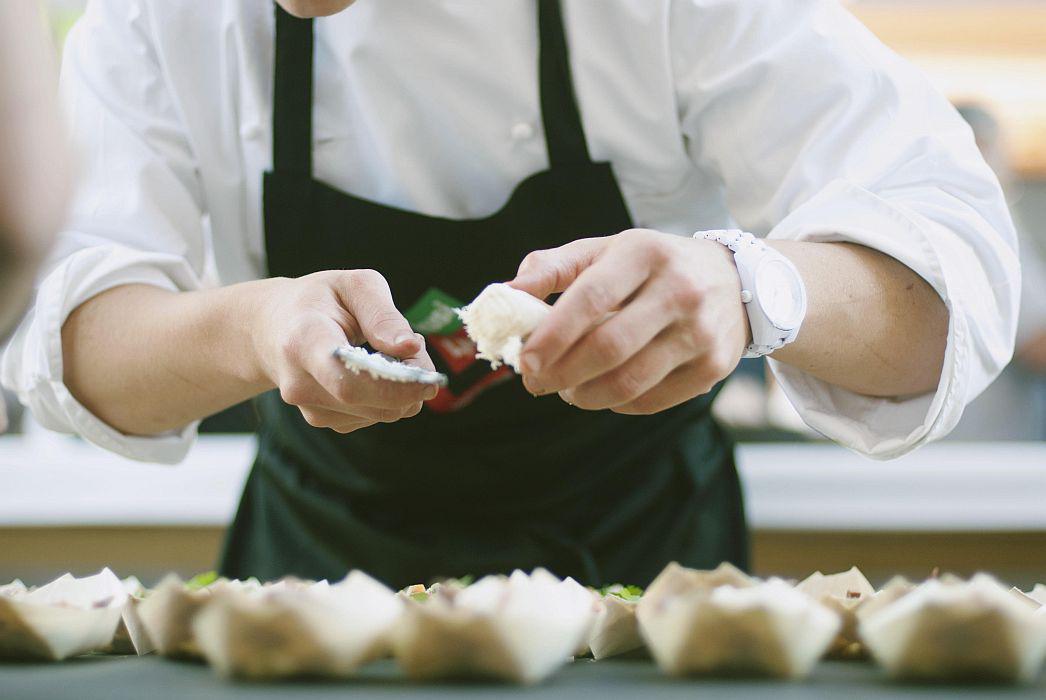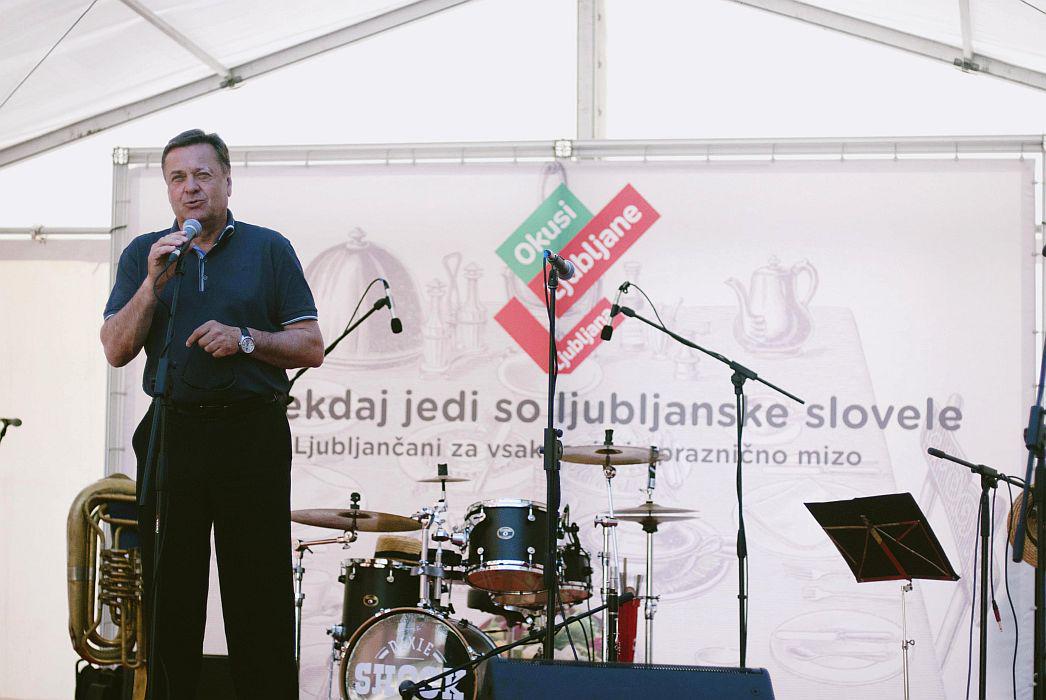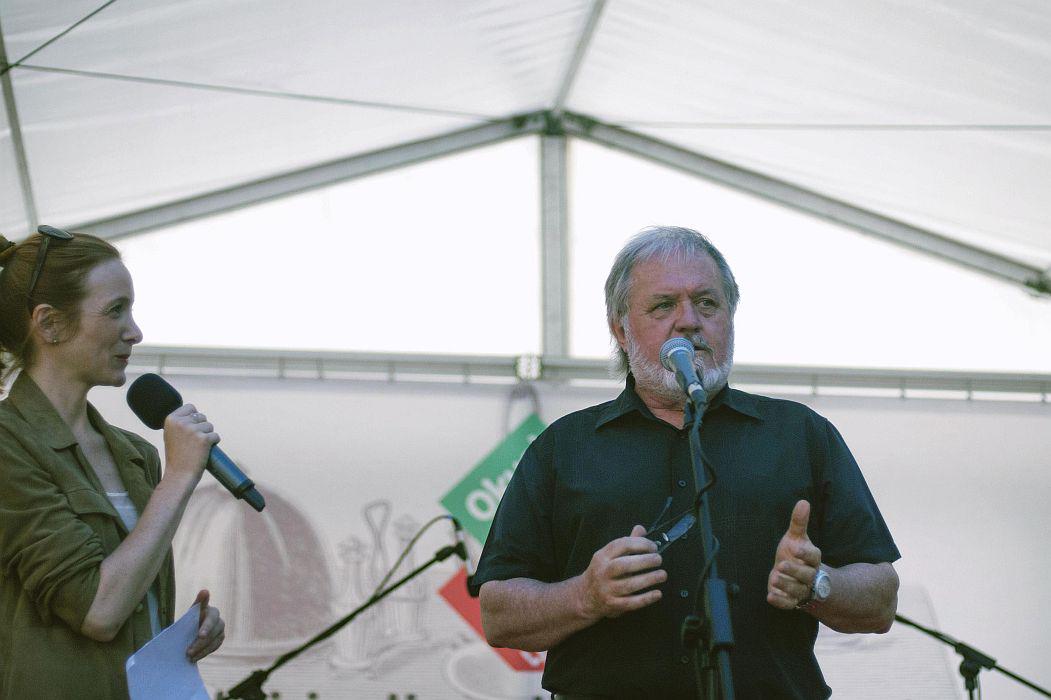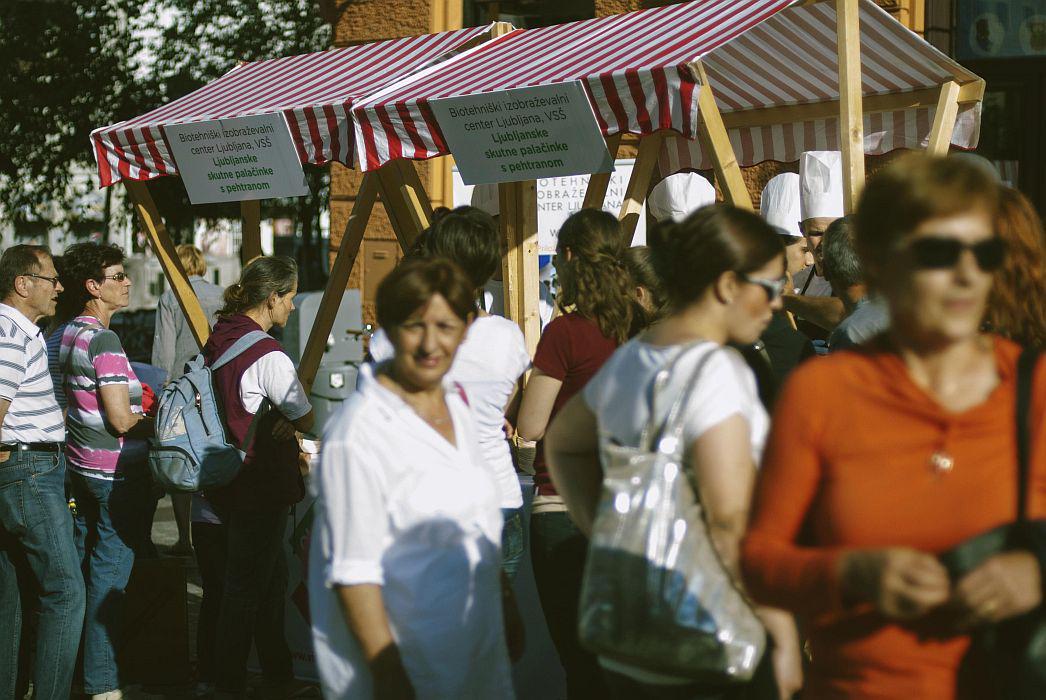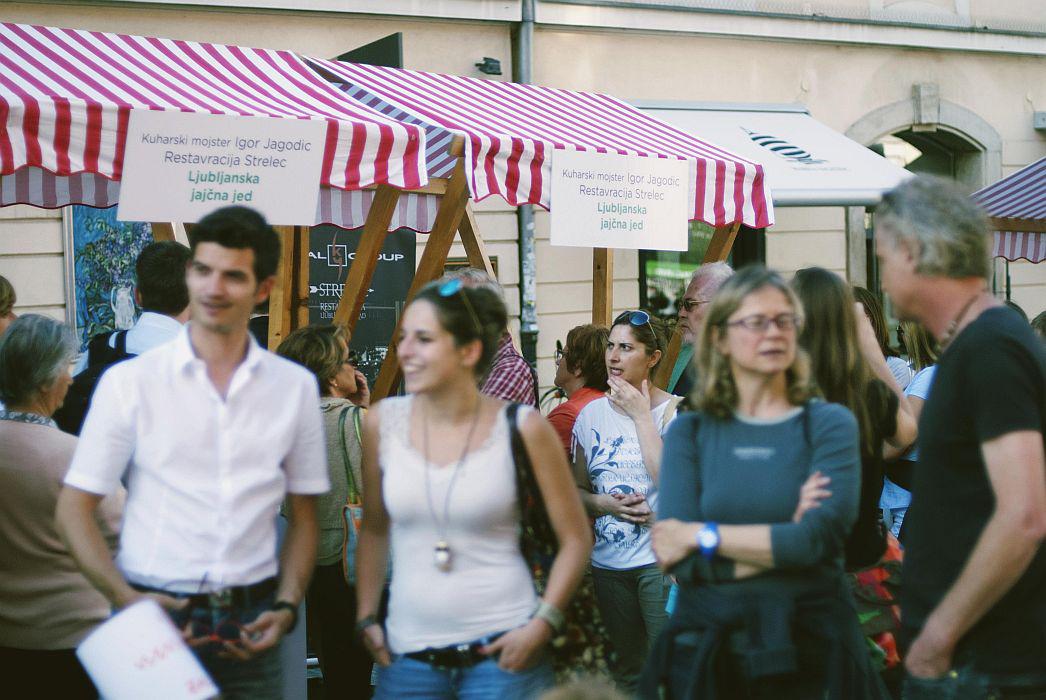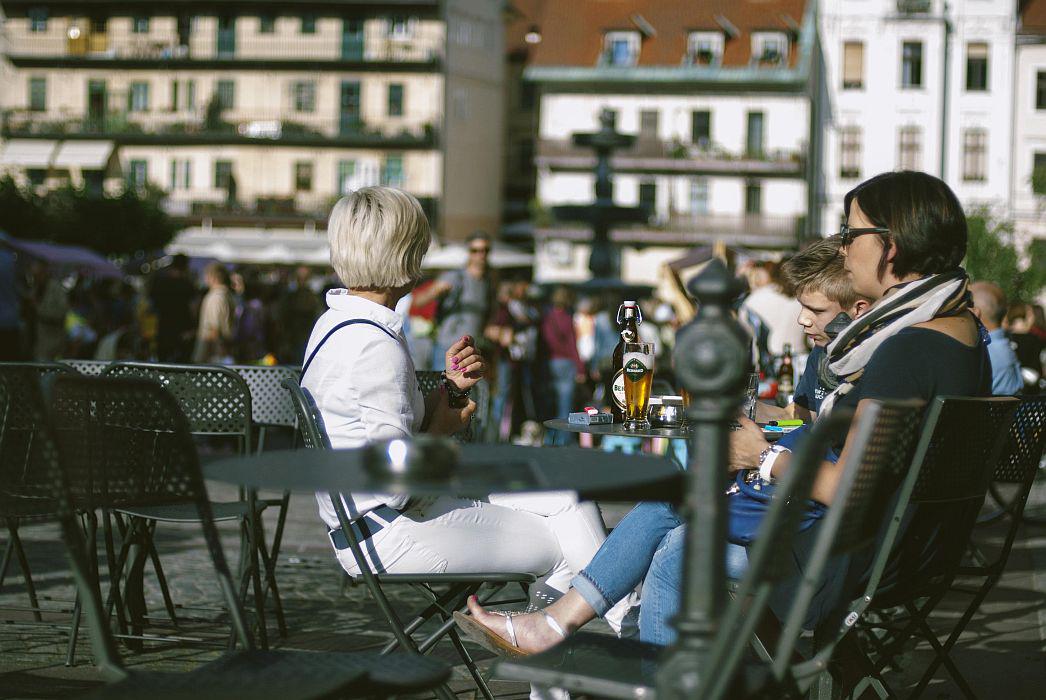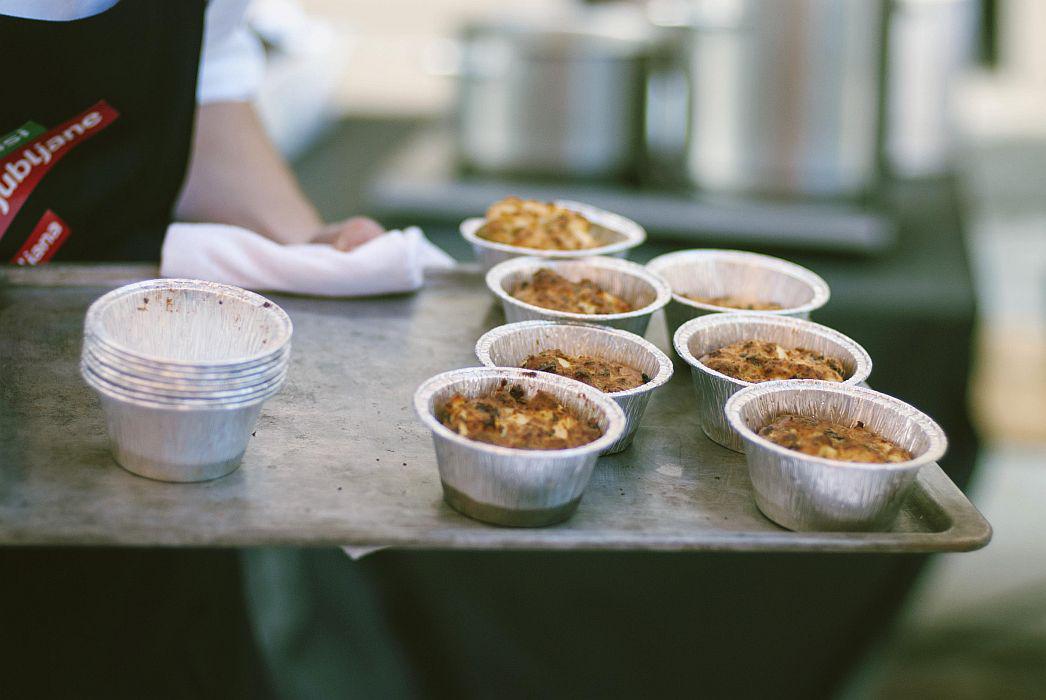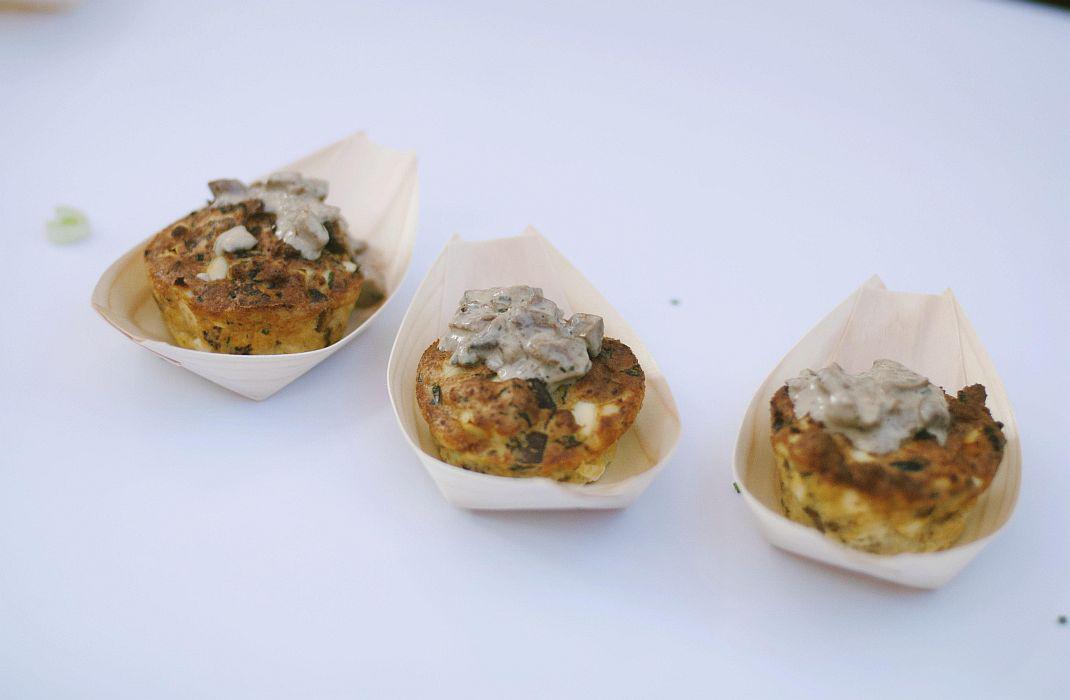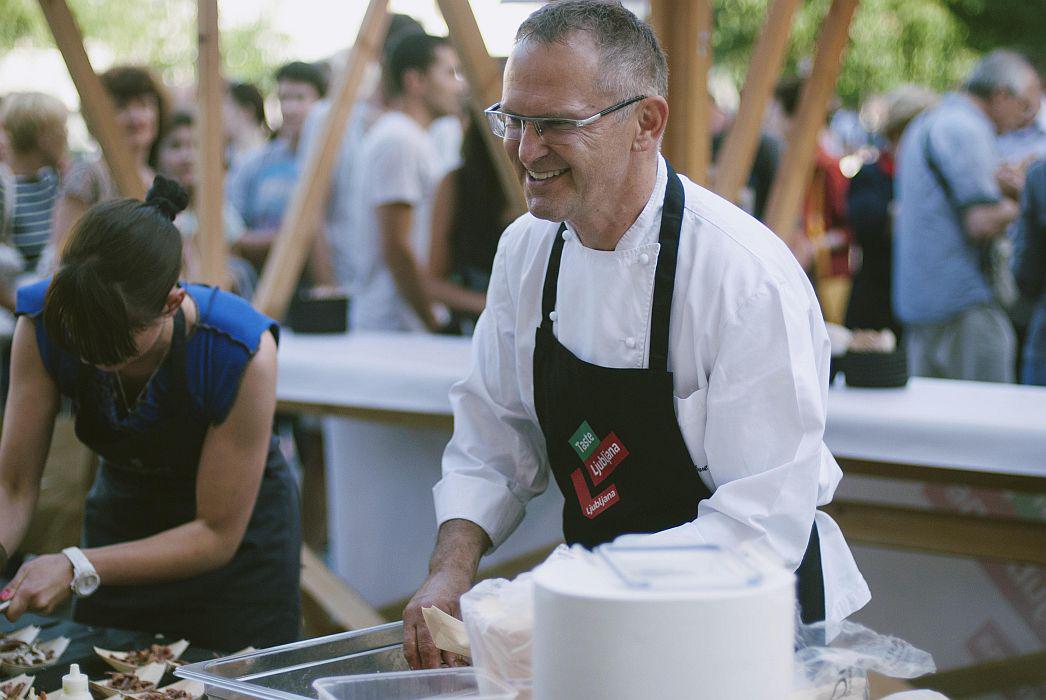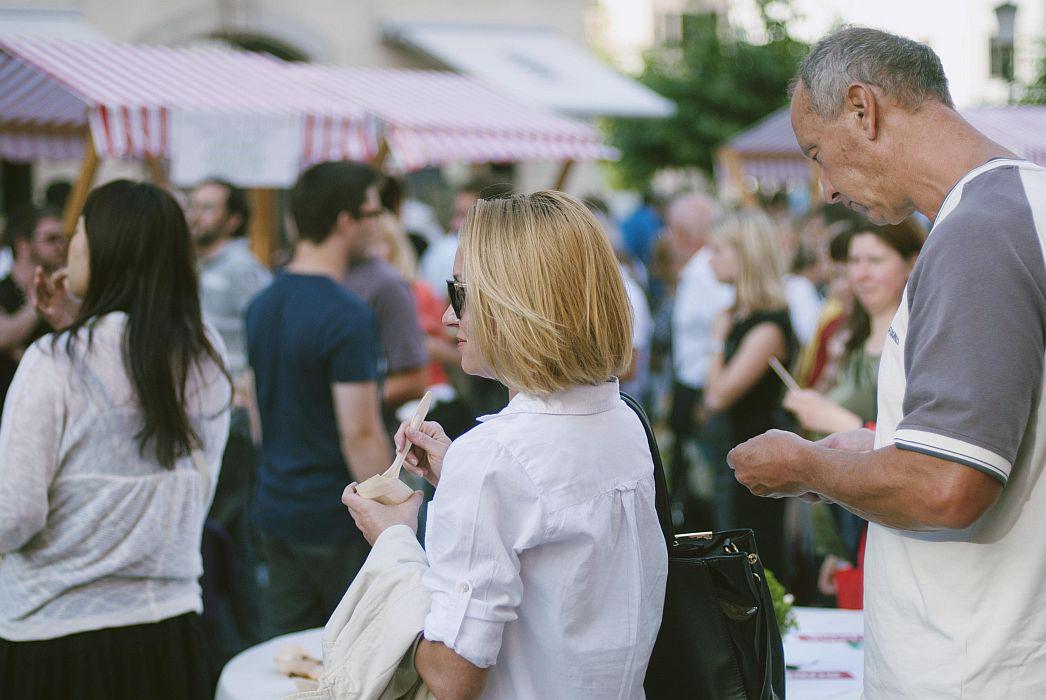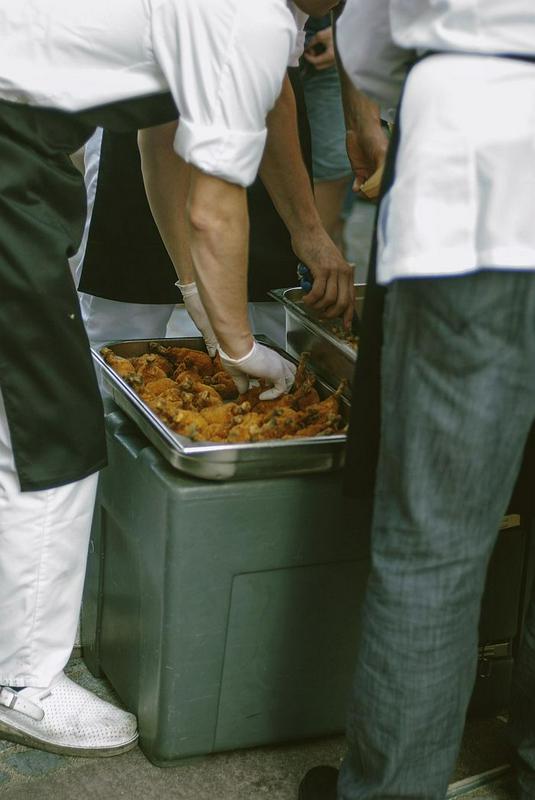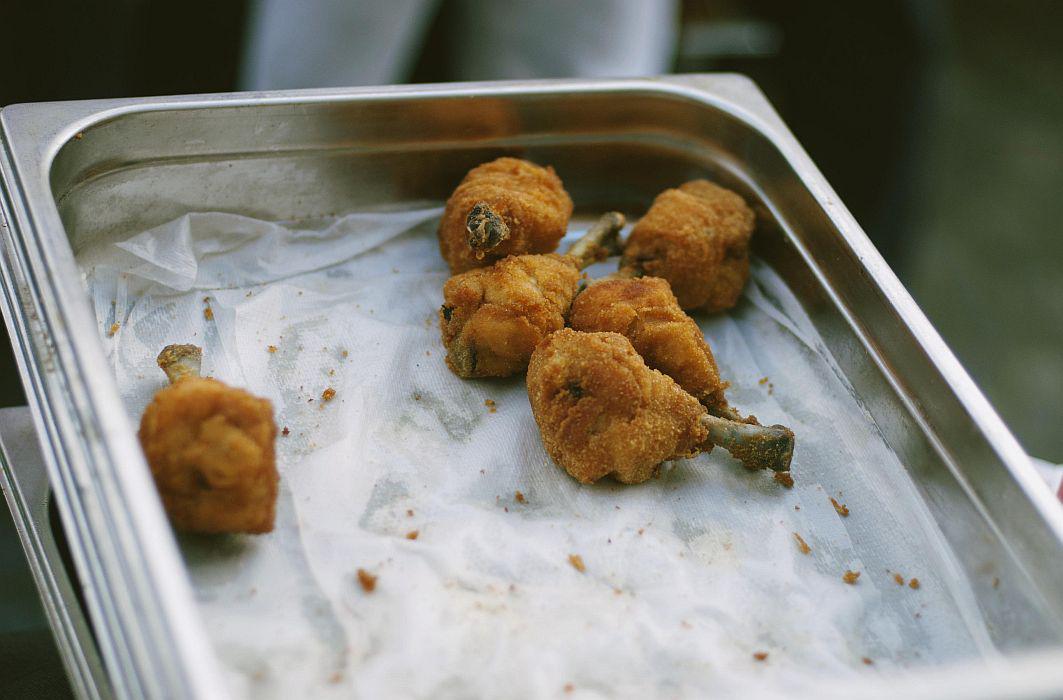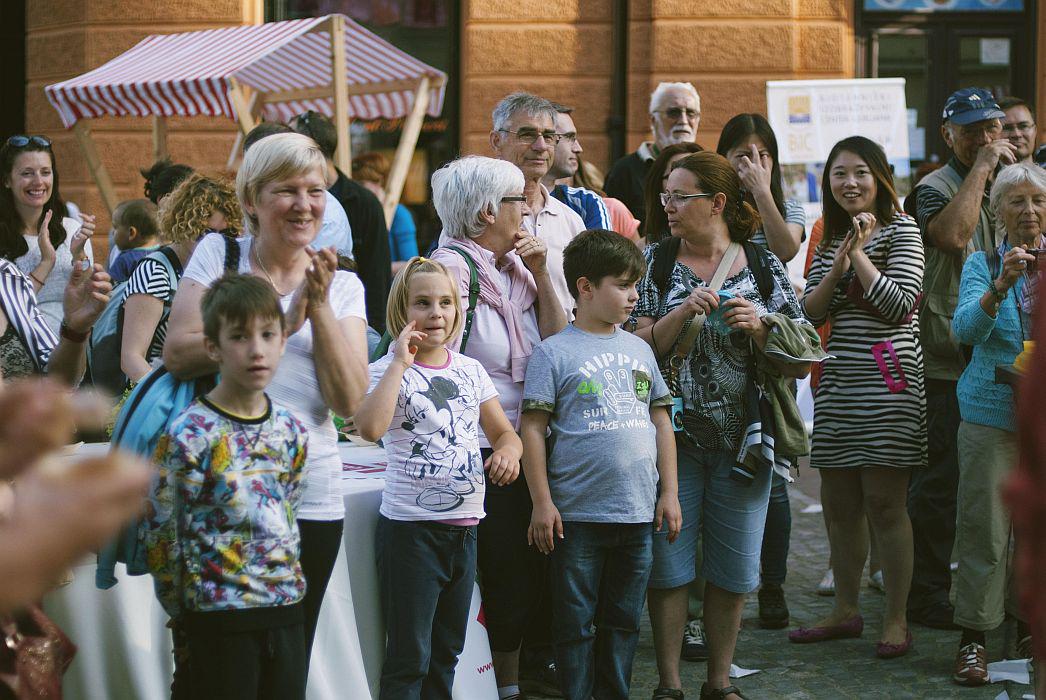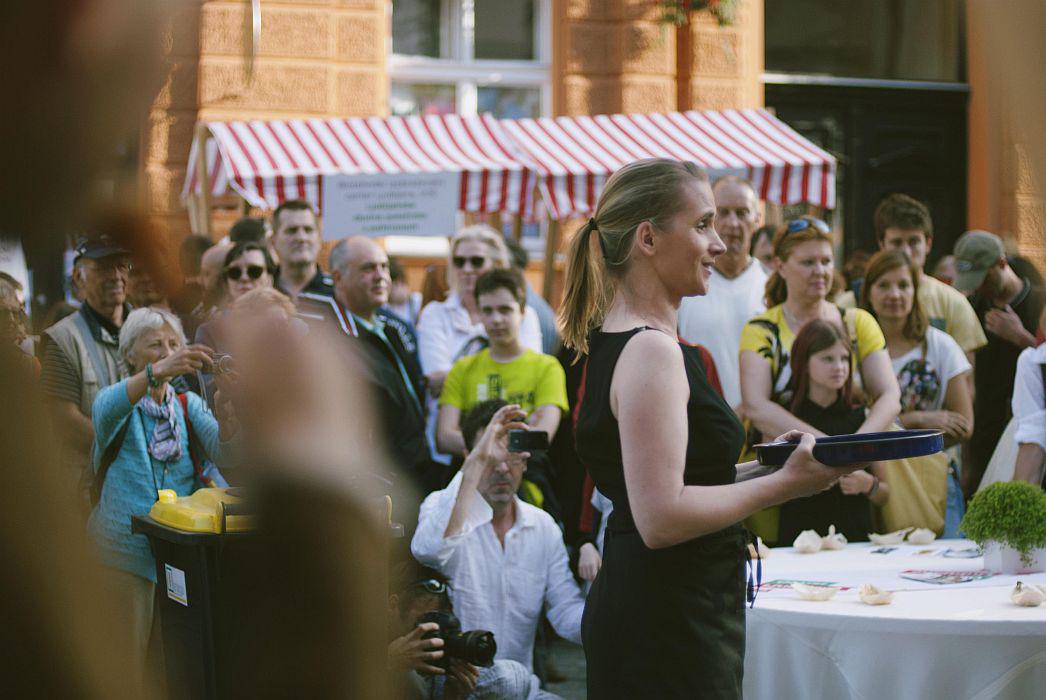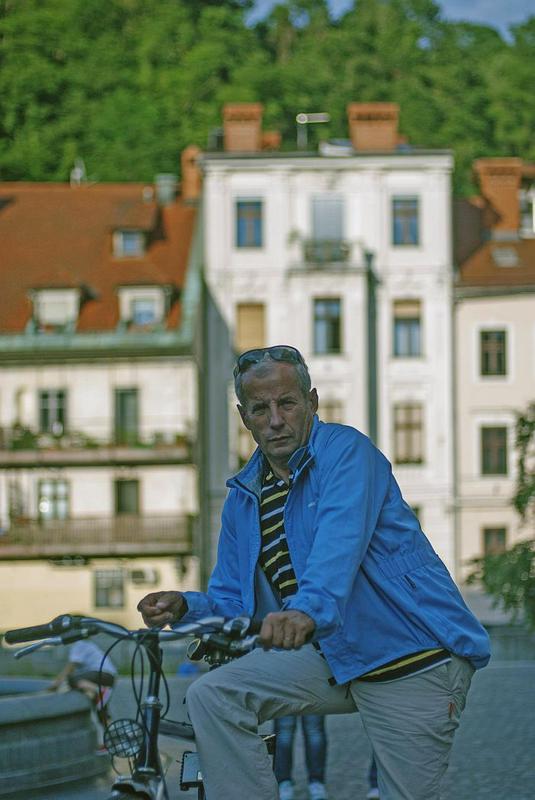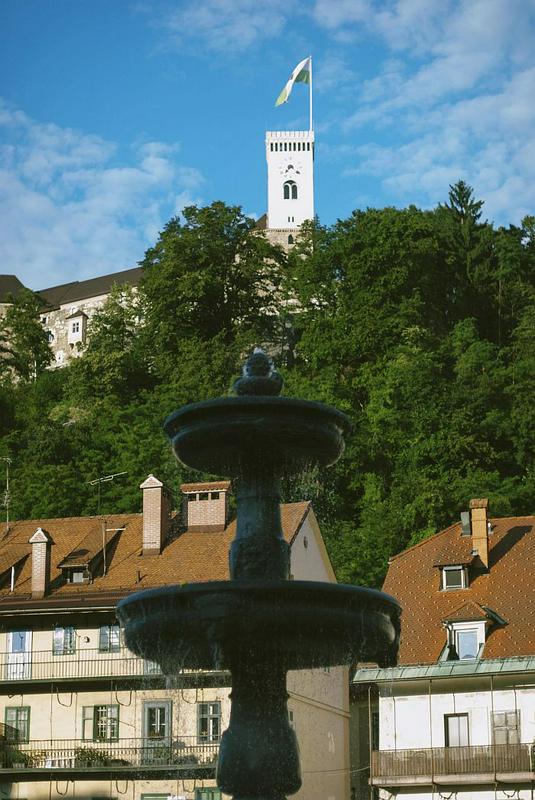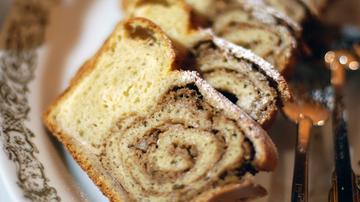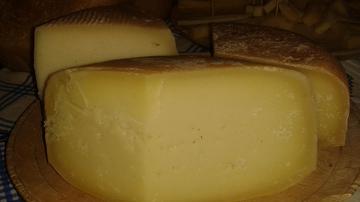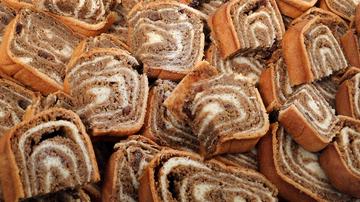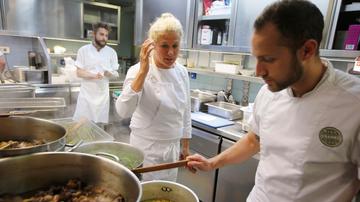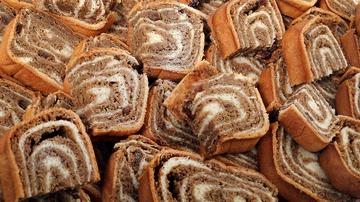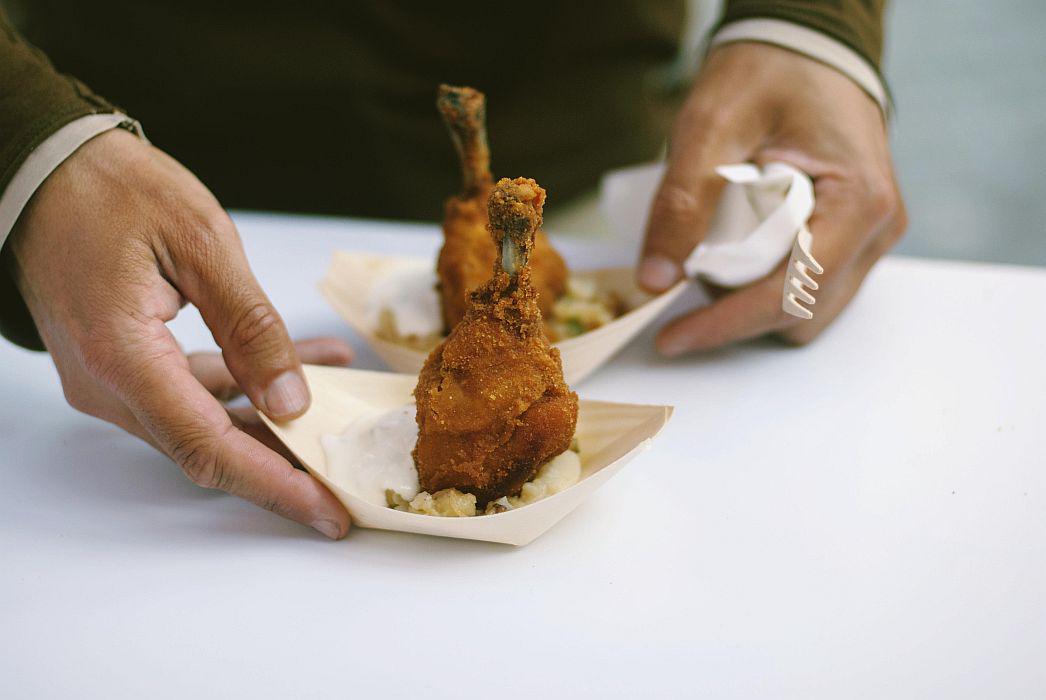



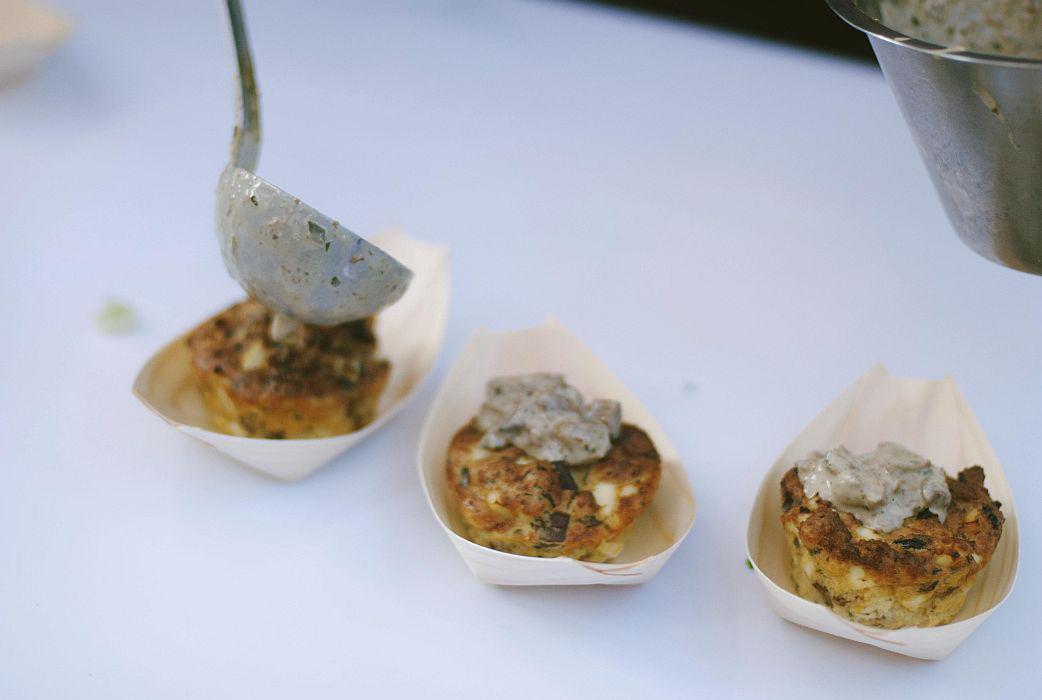
The citizens of Ljubljana have always been renowned for their excessive consumption of food and beverages – it went so far that the city authorities at that time issued a decree which prescribed the maximal number of dishes served at feasts; no more than 20 were allowed!
There was a number of specialized markets – one for fish, another for fruit, a separate one for vegetables; there was a special market for fish and turtles, and another special market for meat. The "season and local food" was considered a normal standard, long before it was embraced by the best restaurants of today. They served everything, from crabs and even otters to frog's legs and fried chicken legs, which used to be very popular food of the workers of the port on the Ljubljanica river.
As it was impossible to serve clams (remember, locally produced food!) Ljubljana chefs served 'fake' clams: one of such dishes was 'mušelni', where they made 'clams' from veal and moistened bread, and served them in shells.
- beef soup with noodles,
- roast potatoes,
- cooked oxtail or beef from the soup,
- as side dish: horse raddish with apples or cream, egg sauce with chives,
- lamb's lettuce with hardboiled egg (in winter saurekraft or sour turnip),
- dessert: pancakes with tarragon, or apple strudel.
Ljubljana resembles "a parrot which repeats after the others"
Ljubljana, the culinary concept of which today reminds of a cacophony of impressions from all over the world, most certainly used to have its own character, its own dishes to impress the travellers who passed through.
In the 18th century a special decree was issued defining what should be served to foreigners visiting Ljubljana: for 21 copper coins you could buy a meal consisting of soup, stewed cabbage and beef or stew, roast meat, salad, bread and a pint of wine from the Dolenjska region. If you sacrificed three more copper coins, the wine from the Dolenjska region was replaced with the wine from Vipava region, which was considered superior.
But with passing of years the identity of Ljubljana was slowly lost, typical dishes were forgotten, and our capital (at least in the culinary sense) became like "a parrot mostly repeating after the others", says ethnologist dr. Janez Bogataj, the mastermand of the project and trademark The Tastes of Ljubljana, the purpose of which is to fill "the decades of huge gap in recognizability of traditional dishes of Ljubljana".
"The number of really good restaurants is getting smaller. We have some outstanding ones which can compete with the world famous restaurants, but the number of these is rather embarrassingly small," claims dr. Bogataj, He advises cateres to base their offer on dishes typical for Ljubljana and Slovenia, as thus they help in creating the quality of the offer.
"Tourists don't come here for Brittany lobsters"
Or, to put it differently, as one of the most respected authorities, Andrej Kuhar from Maxima, told MMC: "We need tourists, people from abroad, and they don't want to taste Brittany lobsters here in Slovenia, but Slovenian dishes." It is something the superior chefs are aware of, and if a decade, or twenty years ago the top restaurants were considered those which served crocodile stakes, or ostrich eggs, today the trend is set by those following the slogan "from field fork to table fork".
Kuhar, who remains the only Slovenian holder of the Michelin stars (all of them, and he has 6, were obtained in Germany), admits that "the tastes of Ljubljana" quite rarely differ from the "Pan-Slovenian" tastes, especially when considering fried chicken and baked potatoes, but dr. Bogataj will certainly do his best to improve the situation, and create a recognizable trademark.
"The story needs a name," believes the doyen of the Slovenian top cuisine. In spite of the rich culinary offer in Ljubljana he still misses a really good vegetarian restaurant. "Vegetables cooked in vacuum, at low temperatures, perhaps with some orange juice and zest, organic vegetables… But many people don't know that what is essential is the basic knowledge. Nowadays the trends are out, today we need to concentrate on healthy cuisine, and local produce."
From eggs to tongue
To Janez Bratovž from JB his field near Kamnik became of great importance in the last couple of years. His more sophisticated dishes with a dash of French or Japonese cuisine are complemented by superior polenta, tasty beef tongue with pumpkin seed oil, and diverse side dishes made of season, locally produced vegetables. His smoked cooked beef tongue with dip is one of the dishes the citizens of Ljubljana traditionally ate for a weekend lunch.
Among the very typical but forgotten original Ljubljana dishes are "eggs Ljubljana style". It was mentioned already in 1868 in the Slovenian Cookbook written by Magdalena Knafelj Pleiweis; a kind of egg cakes with morel mushrooms and herbs. Igor Jagodic from Strelec modernised the recipe by adding yellow chanterelle sauce and seasoned it with chives. The complete menu for Strelec was prepared by Jagodic, in cooperation with dr. Bogataj, based on the old bourgeois dishes; it includes oxtail with baked potatoes, modernised and improved to the top level by the addition of truffles and reduced beef stock.
Apple strudel is considered the Ljubljana dessert; it is the reflection of the fact that Ljubljana was the crossroads of cultures and it absorbed the neighbouring cuisines, took them for its own and modified them. More original are probably cottage-cheese pancakes with tarragon, which were prepared by the pupils of the Biotechnical educational centre Ljubljana.
This year, when Ljubljana takes the title "the green capital of Europe", the project The Tastes of Ljubljana will come to life in approximately 60 restaurants of Ljubljana, which will expand their standard offer with dishes characteristic for Ljubljana.
Kaja Sajovic, translated by G. K.




















































